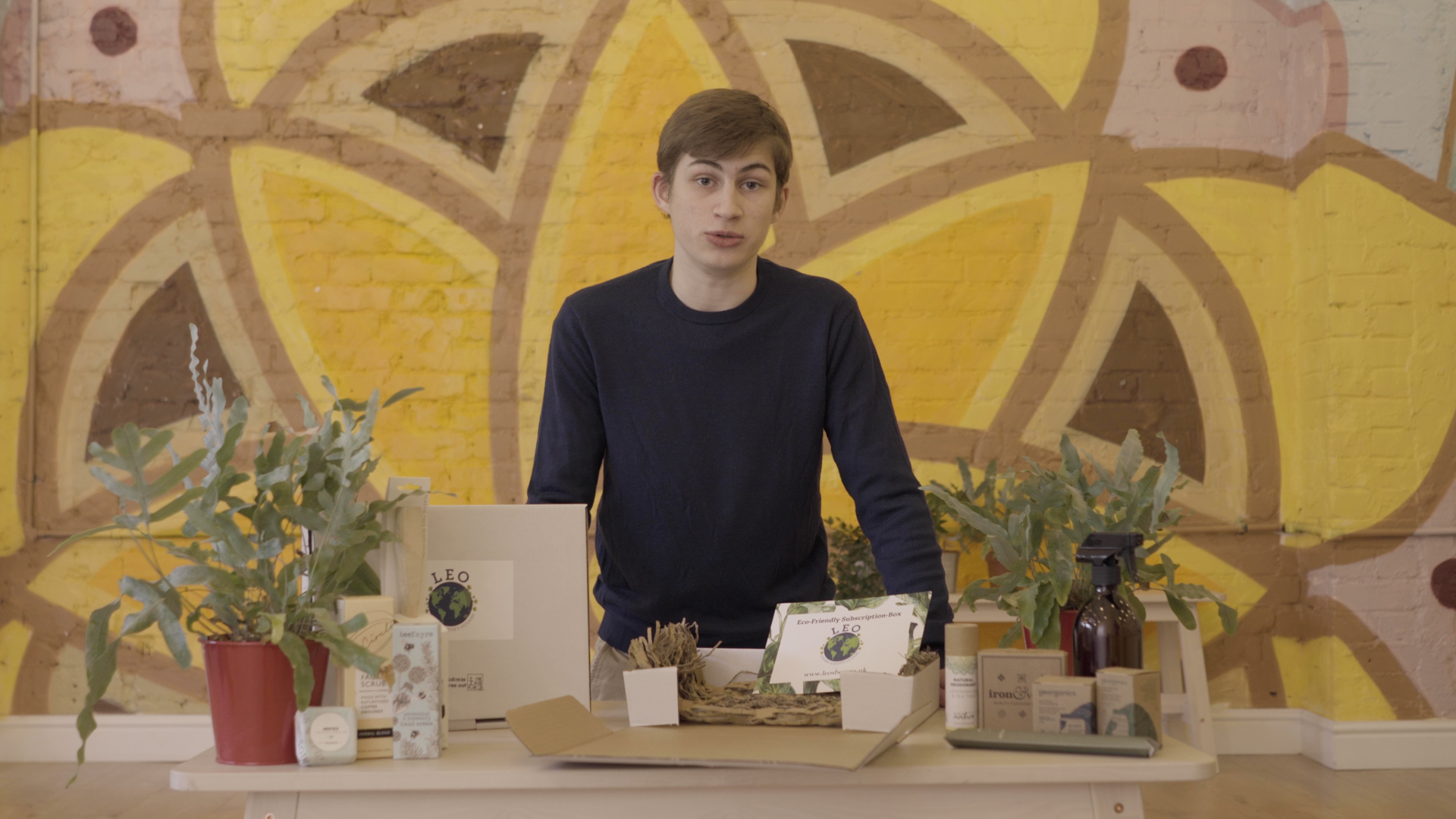In these uncertain times, what can homeowners do to shore up the value of their properties? David Knight, Digital Manager at Roof Windows 4 You, shares changes that can increase the potential asking price of your home.
The COVID-19 outbreak and resulting lockdown has brought about huge shake-ups in the housing market, and many homeowners are becoming concerned that house prices could be the next victim of the virus. Last month, The Centre for Economics and Business Research predicted that house prices will fall by 5% this year and a further 10.6% in 2021. The CEBR also warned that prices might not bounce back until at least 2023 (This Is Money). So, if you were hoping to sell your home at some point in the next few years, you might be looking for ways to help boost the value, so you can achieve a higher asking price. In this article, I’ll share four effective ways you can help to increase the value of your property.
Increase your kerb appeal
It’s a cliché, but it’s true: first impressions count. The exterior of your home is the first sight that will greet prospective buyers when they come for a viewing, so it pays to make it look as welcoming as possible. Ideally, your front door and any pathways or garden areas should look better than those of your neighbours — this will make your home seem like it’s worth more than the other houses on the street, which can help push up the asking price.
You don’t need to spend a fortune to make this happen, either. If you can’t afford to fully replace the door, then simply adding a lick of new paint and a new handle and knocker can make a big difference. Then, you should clear any weeds, disguise cracked paving with some gravel or slate chips, and add a few potted plants — before you know it, your home will be the pride of the street. These changes are very cost-effective to implement, but they can really create the impression that your home is one of the best in the neighbourhood.
Extend your home to add an extra room
Homes in the UK are getting smaller. Modern new builds are now almost 10 square metres smaller than those built in the 1950s, meaning that space is becoming a real luxury for today’s homebuyers (LABC). So, if you want to increase the value of your home, one thing which could make it much more desirable to potential buyers is adding an extra room.
Remember, the increase in value should outweigh the costs of the project, so you’ll need to budget carefully. Do some research on similar homes then crunch the numbers to see if an extra bedroom or reception room is profitable.
If homes in your area with an extra bedroom are selling for more, then the most cost-effective option is likely to be converting the loft space. When designing your loft conversion, be sure to prioritise adding lots of natural light using roof windows or a dormer, as this will appeal to buyers. Or, if you think that a reception room will add the most value to your home, you could convert a garage into a cosy living space. If neither is an option, you could also consider merging two existing rooms — like a kitchen and dining room — to create a spacious, airy living area.
Give a dated kitchen a facelift
A dated kitchen can be very off-putting to buyers, and this can seriously affect your potential asking price. But, fitting an entirely new kitchen often isn’t the most cost-effective solution, because the price of a complete refurbishment can be more than you’ll gain in terms of real value. So, how can you improve the look of the space without spending a fortune?
The answer is to find clever shortcuts that look expensive but aren’t, so you don’t need to get entirely new units and white goods. For example, tired old cabinets can be updated with a fresh coat of paint and some modern knobs or handles, while installing a shiny new tap can transform an old sink. Re-tiling splashbacks — or even using inexpensive tile stickers — can change the look of your kitchen, but they don’t cost too much to install. You can also add new countertop appliances, like kettles and toasters, to give the space a more “premium” feel (plus, you can take them with you when you move). All of these little changes are fairly inexpensive compared to getting a new kitchen, but they can make it seem much more expensive that it actually is!
Make your home more energy efficient and eco-friendly
Today’s homebuyers are increasingly eco-savvy, so they’re more likely to notice if your home isn’t energy efficient. So, if your home is a few years old and the EPC rating isn’t great, it’s well worth finding ways to improve it. Adding insulation, draught-proofing, an energy efficient boiler, and a smart meter can all help to increase the value.
You could even consider installing an electric vehicle charging point—while the upfront cost can be pricy, they could add as much as 2% to your asking price, according to GoCompare. Given that there are plans to phase out the sale of new traditional fuel vehicles by 2035, this could become a massive selling point in years to come.
Plus, there are various grants and allowances you can take advantage of that will make these changes all the more cost-effective. The recently announced COVID-19 recovery package will see up to £5,000 in vouchers made available to homeowners that can be used to cover the cost of various energy efficient updates.
With the forecast for house prices looking bleak, it’s well worth finding ways to shore up the value of your home. Consider implementing some of the changes I’ve outlined here, and you could be able to make up some of the expected shortfall.
